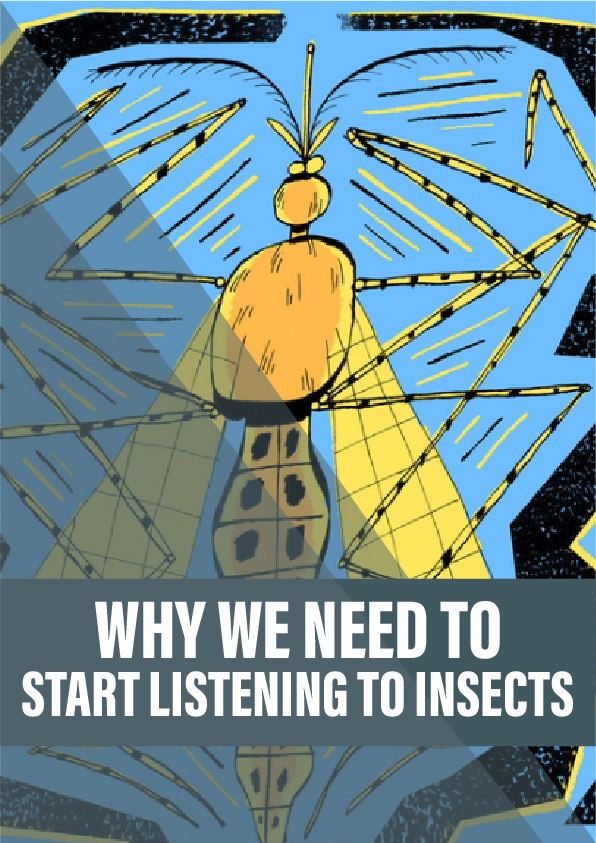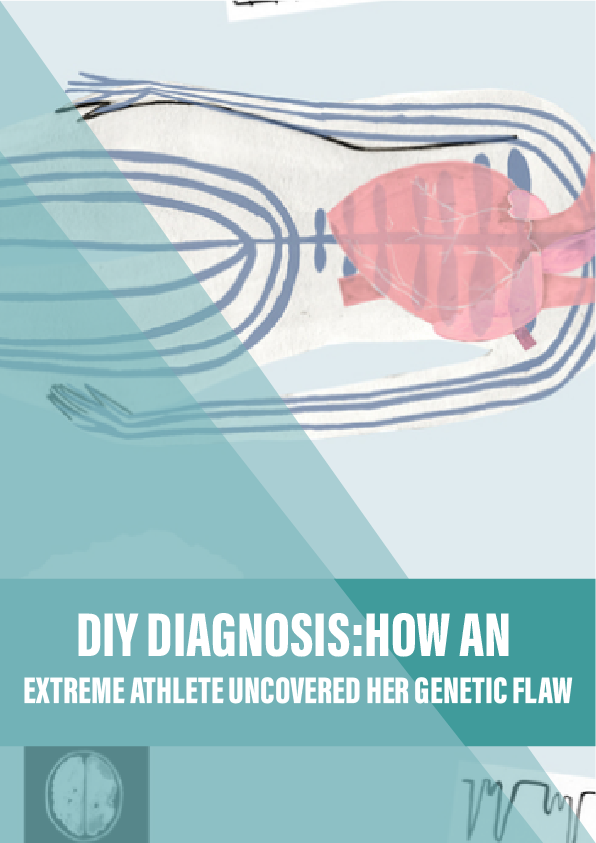You may not think of the buzz and whine of insects as musical, but the distinctive pitch of mosquito wingbeats could tell us how to fight malaria. Daniel A Gross meets the researchers who are pricking up their ears.
It’s a warm summer afternoon in the Tanzanian village of Lupiro, and Mikkel Brydegaard is crouching in a brick hut, trying to fix a broken laser. Next to him, on a tall tripod, three telescopes point through a window at a tree in the distance. A laptop rests on an upturned box, waiting to receive a signal.
With a working laser, this system is known as lidar – like radar, Brydegaard tells me, but using a laser instead of radio waves. The setup is supposed to gather precise data about the movement of malaria mosquitoes. But as the sun starts to set outside, Brydegaard is getting nervous. He and his colleagues have spent a week in Tanzania, and their device still hasn’t started collecting data. They’re almost out of time.
Tomorrow, a solar eclipse will blot out the sun over Tanzania – an event that occurs only once every few decades here, and that Brydegaard and his team from Lund University in Sweden have travelled thousands of miles to see. Their immediate aim is to see if the eclipse affects the behaviour of disease-carrying insects. Their larger mission, however, is to demonstrate that lasers can revolutionise how insects are studied.
Lidar involves shooting a laser beam between two points – in this case, between the hut and the tree. When insects fly through the beam, they’ll scatter light and reflect it back to the telescopes, generating data from which the scientists hope to identify different species. At a time when pests destroy enough food to sustain entire countries – and when insect-borne diseases kill hundreds of thousands of people every year – this arrangement of beams and lenses could, just maybe, improve millions of lives.
Reference:
- An outline of FaunaPhotonics’ current projects, including the Tanzania field test of their lidar system.
- An overview of Laura Harrington’s work, funded by the Bill & Melinda Gates Foundation, on developing acoustic traps for mosquitoes.
- A 2016 article from the Atlantic, discussing the use of genetically modified mosquitoes.











